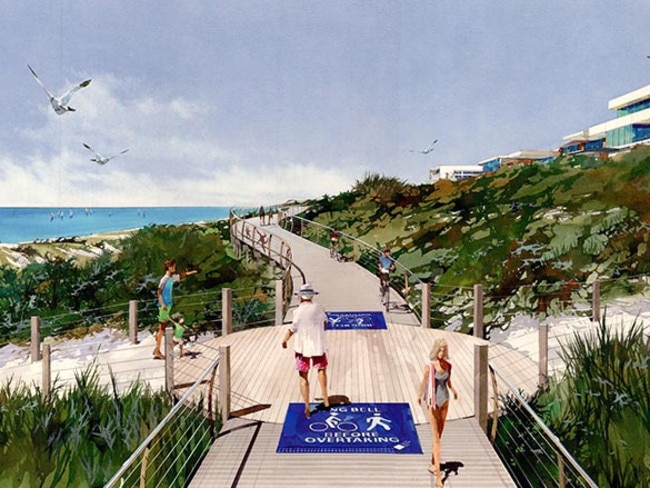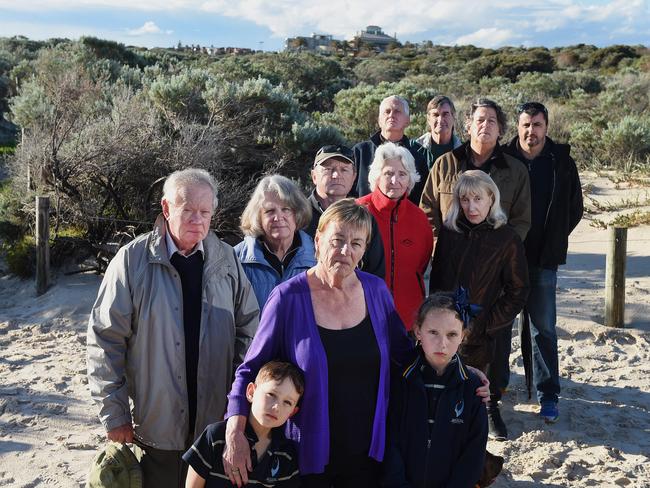Supreme Court rules unlawful Charles Sturt Council’s coast park plan along Tennyson Dunes
RESIDENTS have won their fight to block a $6.5 million walking and cycling path along one of Adelaide’s best known coastal stretches.

West & Beaches
Don't miss out on the headlines from West & Beaches. Followed categories will be added to My News.
- Mayor: Semaphore Beach will remain a ‘working class beach’
- Henley Beach paid parking meters dumped in wave of protest
- Hundreds protest parking metres at Henley
- Developer behind Henley Beach VIP enclave pushing ahead
- Nathan Davies: A VIP beach is an un-Australian idea
RESIDENTS have won their court fight to block a $6.5 million walking and cycling coastal path from Semaphore to Grange.
The Coastal Ecology Protection Group took their case to the Supreme Court last October and on Thursday, Justice Malcolm Blue handed down his ruling.
He found the decisions made by Charles Sturt Council on the coast park were “contrary to the management plan and accordingly are unlawful”.
The council says it will now “consider its options” based on the court’s decision.
The group had launched legal action last year that said the 3m-wide path would cause significant damage to the fragile Tennyson Dunes.

“I’ve concluded in addition that the management plan itself is invalid and unlawful because council didn’t comply with the consultation policy,” Justice Blue said.
“I’ve concluded that the path decisions that were made breach the consultation policy and as a result are unlawful.”
CEPG spokeswoman Monique Webber said in a statement after the verdict on Thursday that she was confident “common sense would ultimately prevail”.
“We trust this means we have saved the dunes and hope it sets a benchmark for future planning and community consultation by Charles Sturt Council, and other councils across the state,” Ms Webber said. “Charles Sturt Council has already spent a significant amount of ratepayers money defending their unlawful actions and decision making, and now are faced with the potential to pay a larger sum in costs following this case.

“Ultimately, CEPG believes the decision shows there is strong support of the group’s wishes for considered development, supported by science, in consultation with the community which understands the delicate nature of the dunes and has long nurtured the unique system.”
Council chief executive Paul Sutton was “disappointed” with the decision, saying the council had undertaken extensive consultation over the past five years.
Mr Sutton said this included reference groups, information open days, direct resident involvement and city wide information sharing and included “thousands of interactions with people”.
He said the path’s final alignment was not subject to its own consultation process, and this “was seen as an error”.
“Our community has the right to move across the coast in a way that minimises damage to the environment and accommodates all people, whether walking, jogging, pushing a pram, or using a wheelchair or bike,” Mr Sutton said.
“There are a range of options going forward relating to this decision that council needs to consider and will do so in the coming weeks.”
The council wanted to build the path from concrete, as well as a section of boardwalk.
The path was to be part of a 70km trail along the metropolitan coastline, from North Haven to Sellicks Beach.


